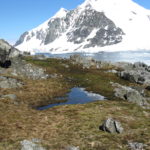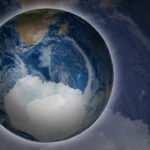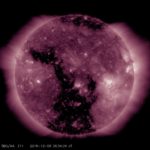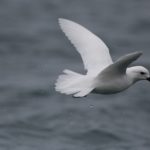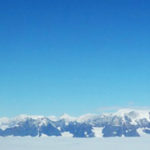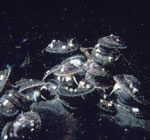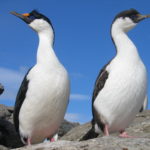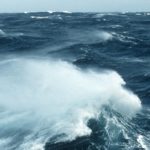Whistler waves above the lower hybrid frequency in the ionosphere and their counterparts in the magnetosphere
12 April, 2022 by Richard Horne
In this study, we report the statistical properties of whistler mode low hybrid (LH) emissions in the ionosphere, which have structureless spectra with a lower frequency boundary that matches the…